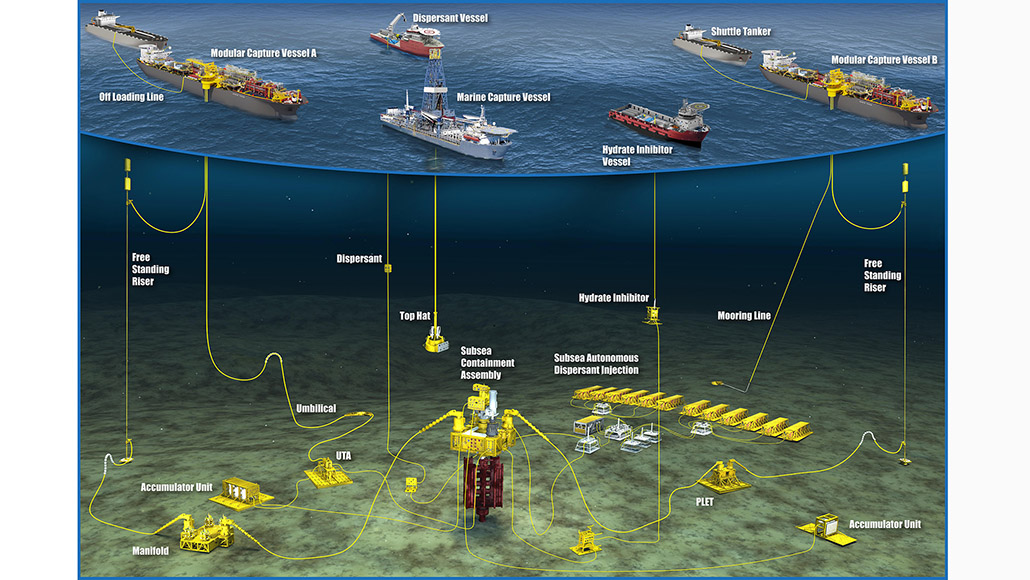selected item
3 min read
• May 13, 2024Real-life training to keep you safe
Key takeaways:
- We sponsor hands-on emergency pipeline safety training for local first responders.
- We’ve adapted the program to include training for carbon dioxide (CO2) pipeline emergencies.
- We offer the training to first responders across our pipeline and operations footprint – helping to keep communities safe.
3 min read
• May 13, 2024“Nobody gets hurt” isn’t just a slogan at ExxonMobil. It’s real life.
And just as we're evolving to be a leader in the energy transition, our safety training is evolving, too.
Case in point — we’ve long sponsored a unique, hands-on pipeline safety course for first responders. Now, the course includes training for carbon dioxide (CO2) pipeline emergencies.
“This CO2 pipeline training is a first in the industry,” said Nicolas Medina, who works on stakeholder engagement with ExxonMobil Pipeline Company. “It gives local firefighters an experience they can’t get anywhere else.”
We own and operate more than 1,500 miles of CO2 pipeline, the bulk coming from our acquisition of Denbury in November of 2023. The deal significantly expanded our carbon capture and storage network – giving us more opportunities to reduce carbon dioxide (CO2) emissions for key U.S. industries.
We offer the pipeline emergency response training to first responders in the communities where we operate. And participation is free - we pay tuition, room and board.
We teamed up with the Texas A&M Engineering Extension Service and the National Association of State Fire Marshals to develop the course in 2019.
Since then, we've helped train more than 800 first responders.
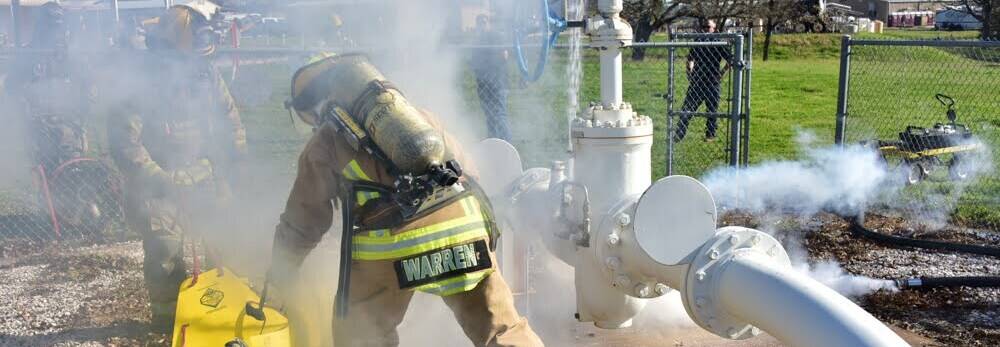
Training to be “fast on your feet.”
Where does this unique training take place? At the Brayton Fire Training Field facility in College Station, Texas — a sprawling, nearly 300-acre campus, with 132 training stations with specialized props. And when we say props, we mean major structures that resemble oil terminals, pipeline infrastructure, chemical facilities, a ship and even a mid-size airplane.
In a CO2 pipeline simulation in April, firefighters from places such as Yazoo County, Mississippi, and Iberville Parish, Louisiana, responded to a leak from a small, fenced-in pipe structure. CO2 is not explosive or flammable, so the leak presents itself as a white vapor cloud.
The firefighters, clad in full emergency gear, took readings of the atmosphere, removed a “dummy victim” and communicated details from the scene to the command center.
“You need to be fast on your feet, assess the situation and make decisions,” said Mark Armstrong, an emergency response and preparedness manager at ExxonMobil. “The hands-on training brings that to life.”
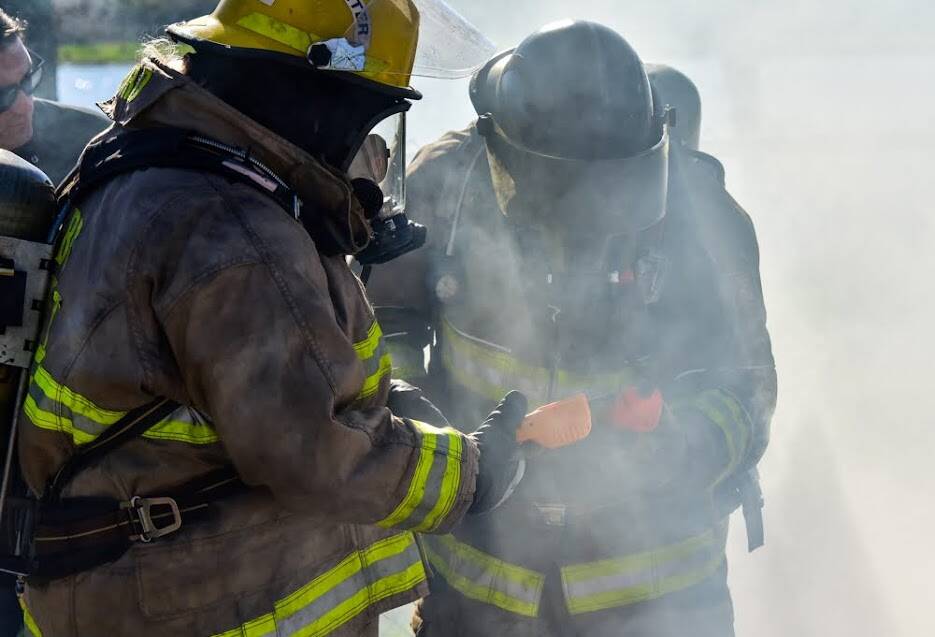
We're taking it on the road.
If you can’t make it to the training in College Station, we may have an option for you soon. We're helping to develop a first-of-its-kind CO2 pipeline emergency response training mobile unit. This would extend the reach of our hands-on course, allowing more local first responders to take the training. This is just another way we’re protecting communities, so nobody gets hurt. It’s what we do. In real life.
Learn more about our first responder training courses here.
Learn more about CO2 pipeline safety here.
Moving CO2 by pipeline: the facts
-
Safety
Industry has been safely moving CO2 through pipelines for decades. There are more than 5,000 miles of CO2 pipelines in the United States, transporting about 80 million metric tons of CO2 per year. -
Regulation
For more than 30 years, the U.S. Pipeline and Hazardous Material Safety Administration has regulated the safe transportation of CO2 in pipelines. This includes oversight of pipeline design, construction, pressure testing, operations and maintenance. -
Commitment
ExxonMobil is committed to doing all we can to ensure all pipelines we operate run safely and reliably. We closely monitor our facilities and pipelines and regularly evaluate and test them for potential risks.
Newsroom
Stay up to date with the latest news and information
Explore more
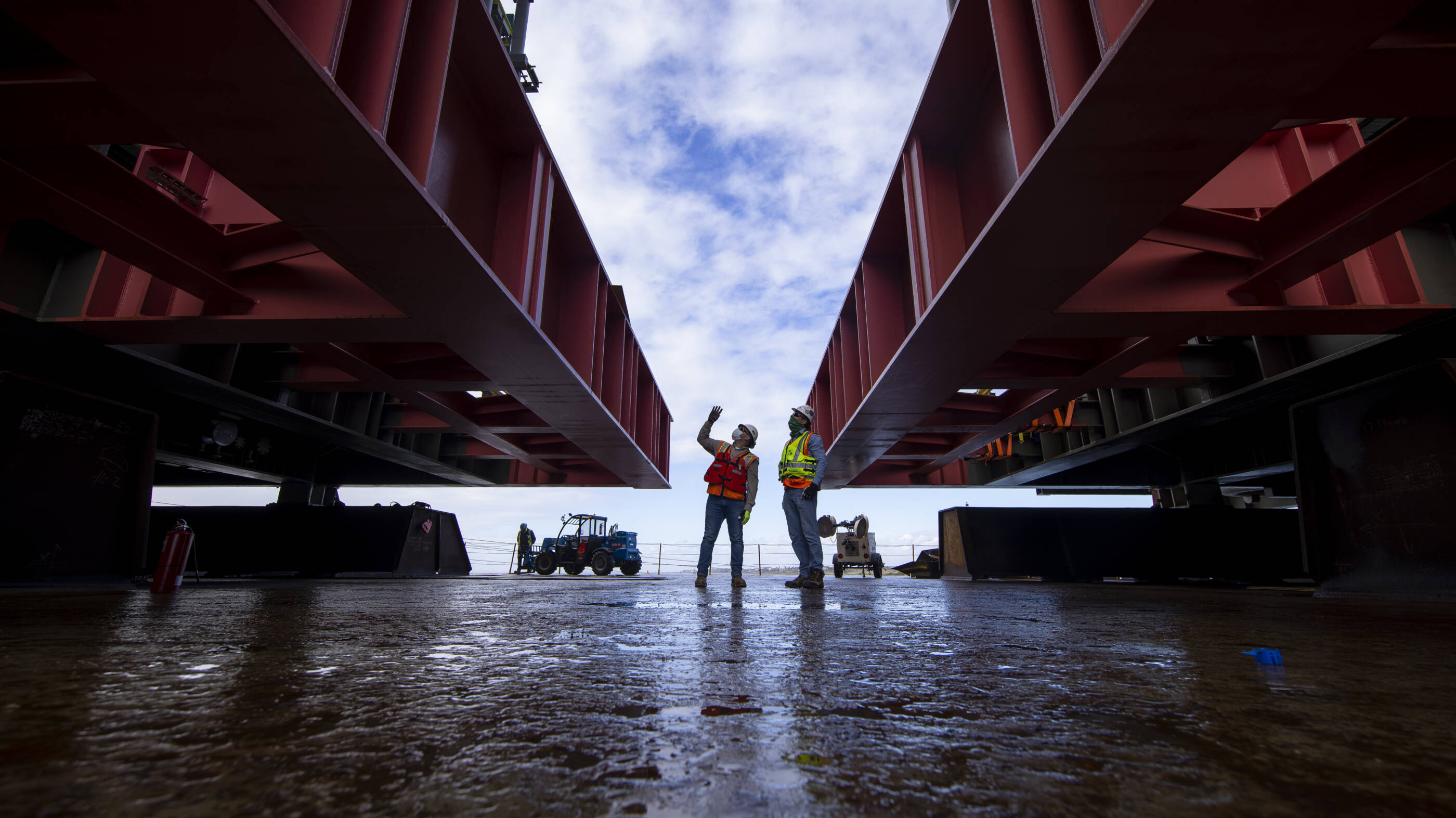
Emergency preparedness
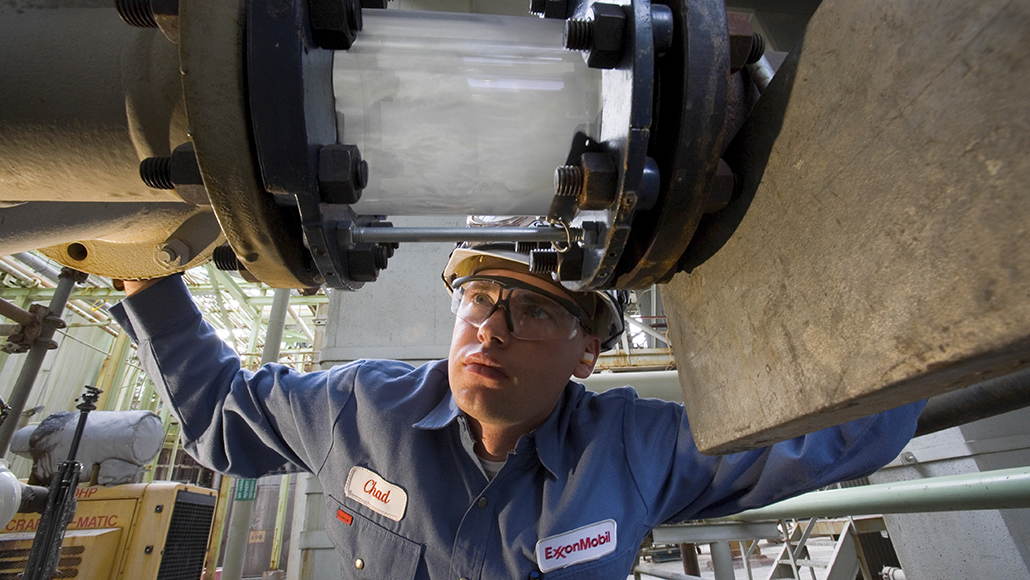
Management systems, standards and controls

Operations Integrity Management System
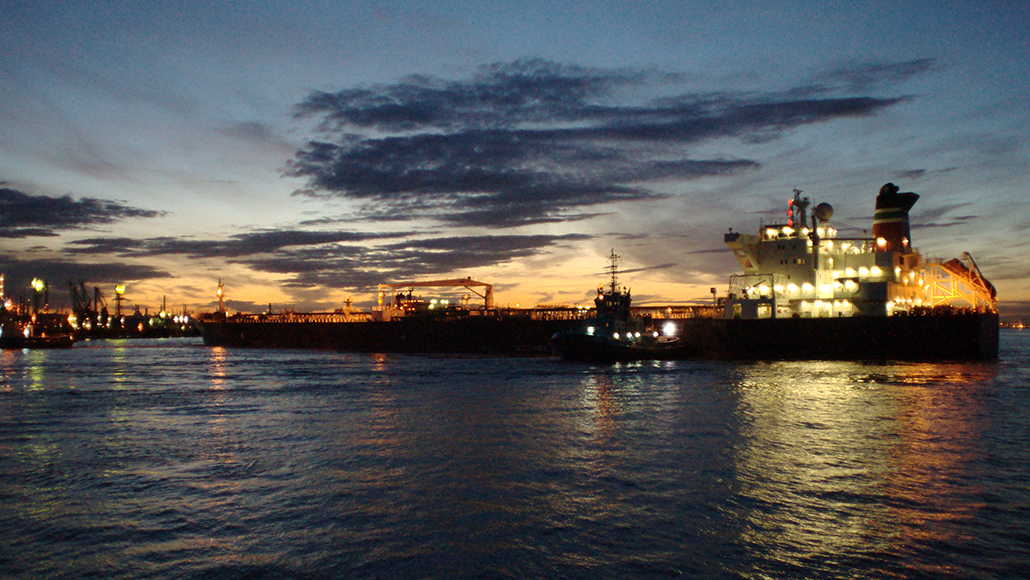
Treating spills with dispersants allows microbes to naturally break down crude oil
ExxonMobil's Culture of Health
